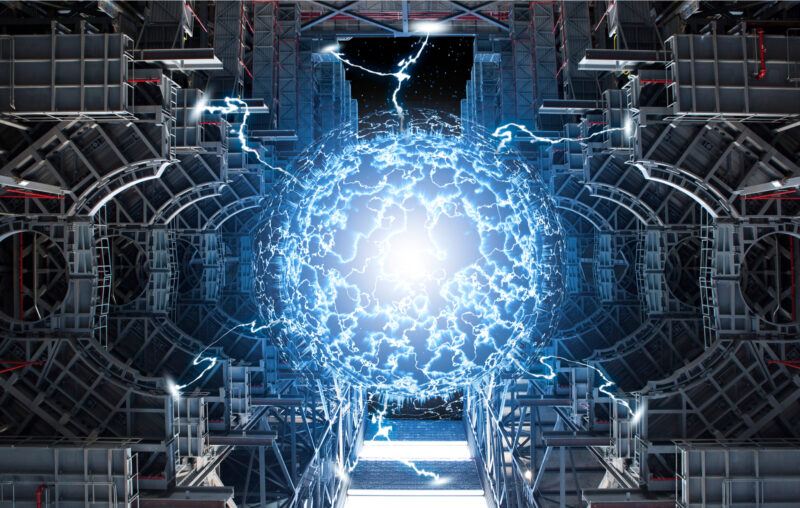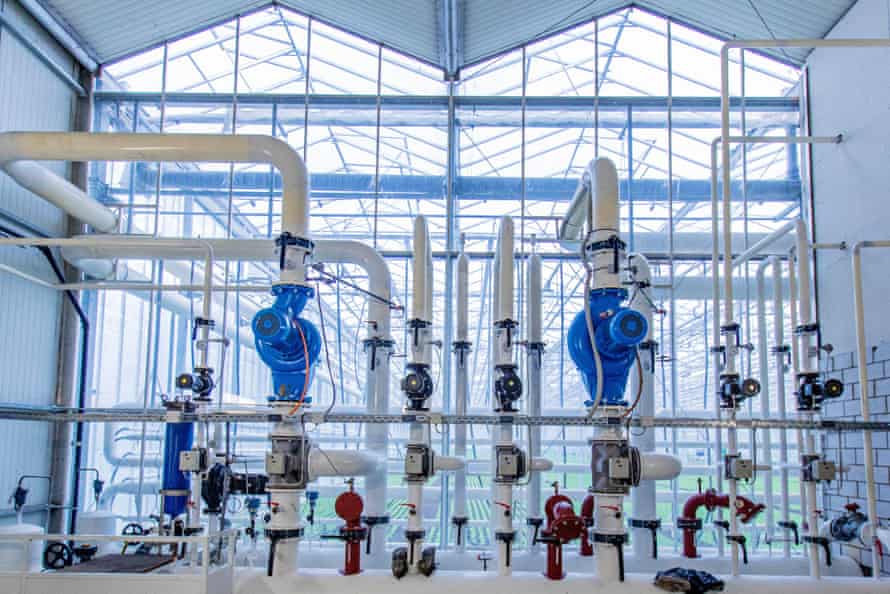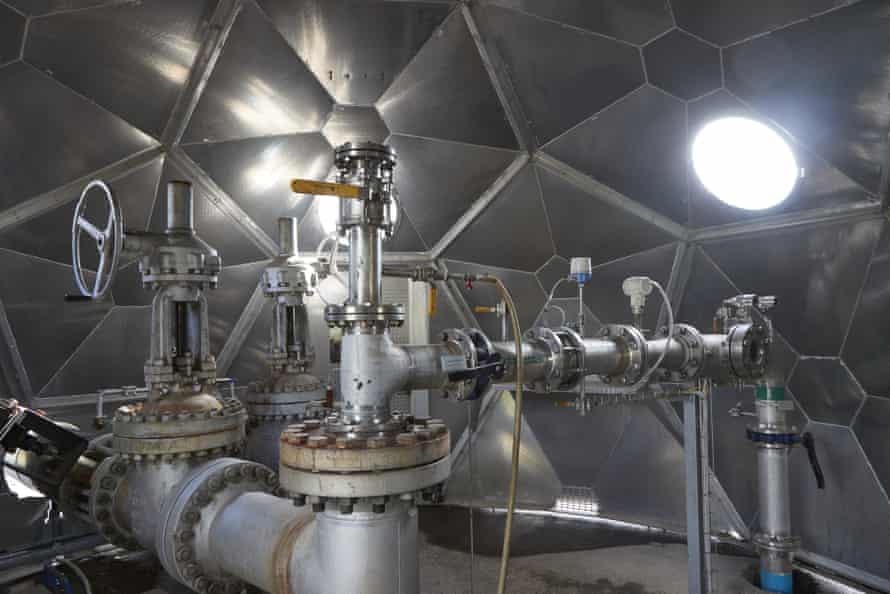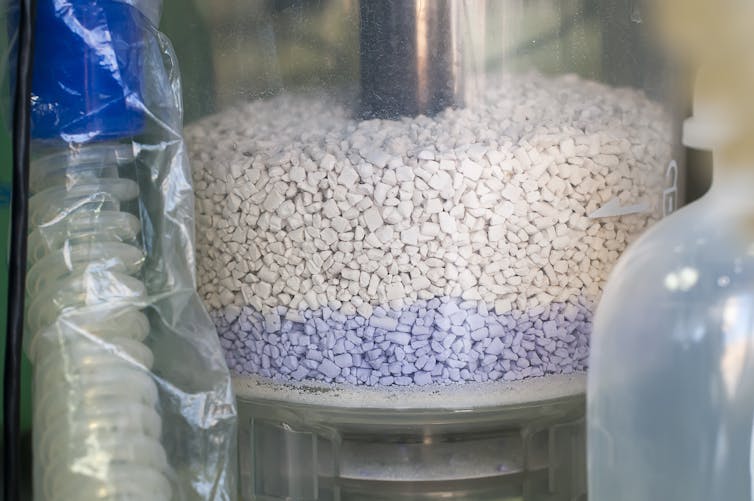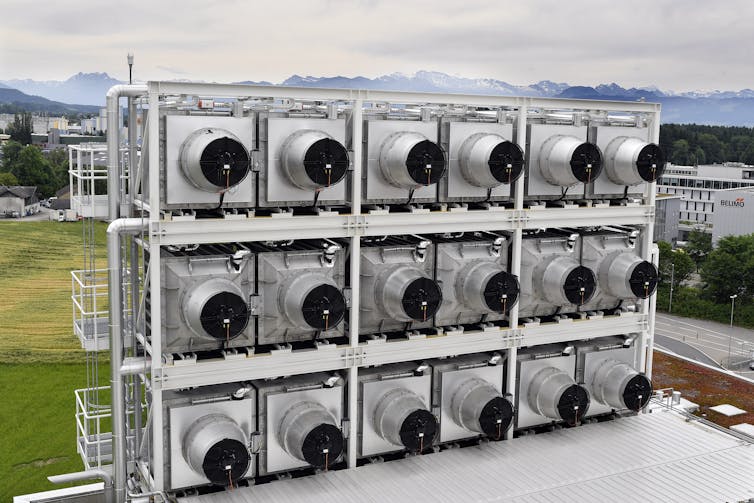Heather Heying and Bret Weinstein attempt to show how human nature is at odds with modern society, but their science, and style, grates

Stuart Ritchie
Fri 24 Sep 2021
Imagine discovering a fence in the middle of a desert. Not immediately seeing its purpose, you might think: “Let’s get rid of this useless fence!” But are you sure about that? Maybe you’re at the edge of a field of angry wildebeest, and by removing the fence you’ll leave yourself vulnerable to be crushed, Mufasa-style, in a stampede. Better to first find out why the fence is there before attempting to tear it down.
So goes the argument made by GK Chesterton in 1929: you should try to understand things before changing them. The evolutionary biologists Heather Heying and Bret Weinstein – whom some readers might remember from 2017, when they resigned from Evergreen College in Washington State after a dramatic culture-war flareup – have written a book that takes Chesterton’s fence as its central metaphor. By disregarding the facts of evolved human nature, they argue, the modern world in all its novelty has destroyed the proverbial fence, leaving us unhealthy, miserable and heading for societal collapse.
We eat the wrong food. We prescribe too many drugs. We raise and educate our children badly. Heying and Weinstein provide evolutionary self-help advice to address the mismatch between stone-age brains and hi-tech society. More respect for the evolved aspects of humanity will, apparently, cure what ails us.
Let’s accept for the sake of argument that modern society really is terribly bad for us (although, given vast increases in life expectancy, we shouldn’t). How do we know which parts of human nature are the ones we should take better account of? Heying and Weinstein’s answer is essentially everything. If it is something complex, costly (in terms of energy or materials), and has been around for a long time in evolutionary or cultural history, it’s probably an adaptation – there for a reason, and not a mere accident.
This does readers a disservice. The debate over “adaptationism” in biology is long-running, and is not going to be solved by glib reasoning like this. Heying and Weinstein lunge clumsily at evolution’s Gordian knot, fail even to nick it with their blade, yet still smugly tell their audience that they have sliced it right in half.
Still, if everything is an adaptation, there is a lot of advice to give. Some of it – offered in bullet points closing each chapter – is boilerplate (get more exercise; get more sleep); some is oddly specific (go barefoot more often); some is plain weird (don’t let markets get involved in music or comedy). Little of it appears to be based on actual research; the science is really, as the kids these days say, just a vibe.

Not that the authors do much better when they engage with studies. They make alarming pronouncements based on flimsy data, such as when they say that water fluoridation is “neurotoxic” to children based on one reference to a “pilot study”. They lazily repeat false information from other pop-science books, such as the “fact” that all known species sleep (some, including certain amphibians, don’t!). The final chapter, in which they embrace the bonkers “degrowth” movement, contains what might be the single stupidest paragraph on economics ever written (claiming, bizarrely, that the invention of more efficient versions of products such as fridges would bring the economy to its knees).
Above all, Heying and Weinstein are really annoying. Their seen-it-all, know-it-all attitude is grating from around page five, and becomes increasingly irksome as they pontificate their way through each chapter. If only you knew as much about evolution as they do, you would know how to organise society. You would know to “steer clear” of genetically modified food (the millions of lives saved by such food apparently don’t warrant a mention). You’d know not to have casual sex. You’d know not to look at your smartphone so much. And so on.
And they haven’t merely solved the central questions of biology. They are also, apparently, the best teachers imaginable. Without embarrassment, they quote a student describing their classroom as “an ancestral mode for which I was primed, but didn’t even know existed”. Their towering self-regard gives them the false belief that all their arguments – including the book’s premise, which is just a repackaging of 18th-century Burkean conservatism with a faux-Darwinian paint job – are staggeringly innovative.
Where has all this evolutionary reasoning, this respect for Chesterton’s fences, led Heying and Weinstein? In the past months they have distinguished themselves as some of the most credulous proponents of Covid pseudoscience. Not only has Weinstein spread dangerous misinformation about mRNA vaccine safety, but both authors have enthusiastically joined the movement of internet cranks obsessing about the drug ivermectin and its “near-perfect” (Weinstein’s words) properties in preventing coronavirus infection (in reality, on ivermectin the jury is very much still out).
These Covid positions, along with Heying and Weinstein’s advocacy of the still-unproven lab-leak hypothesis, gel nicely with the “don’t-play-God”, “mind-the-unforeseen-consequences”, “stick-to-the-traditional” worldview that the book promotes. But they are also that worldview’s best refutation. If respecting those metaphorical fences could get people killed during a pandemic, maybe our instinct to smash them down was right after all.
Stuart Ritchie’s Science Fictions: Exposing Fraud, Bias, Negligence and Hype in Science is out in paperback (Bodley Head). A Hunter-Gatherer’s Guide to the 21st Century by Heather Heying and Bret Weinstein is published by Swift.




